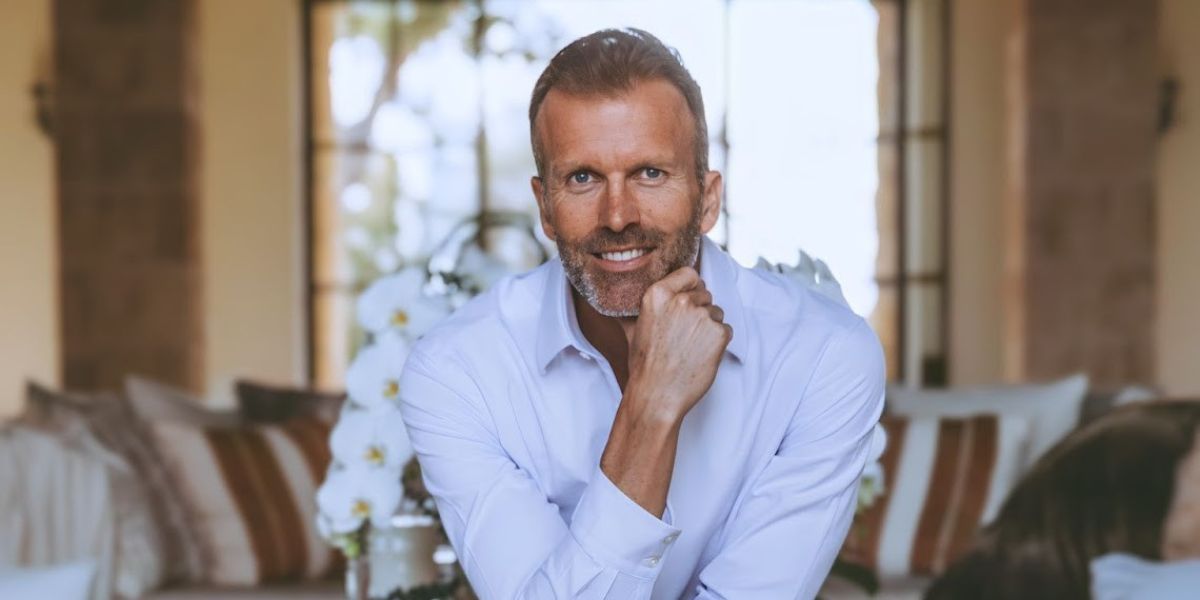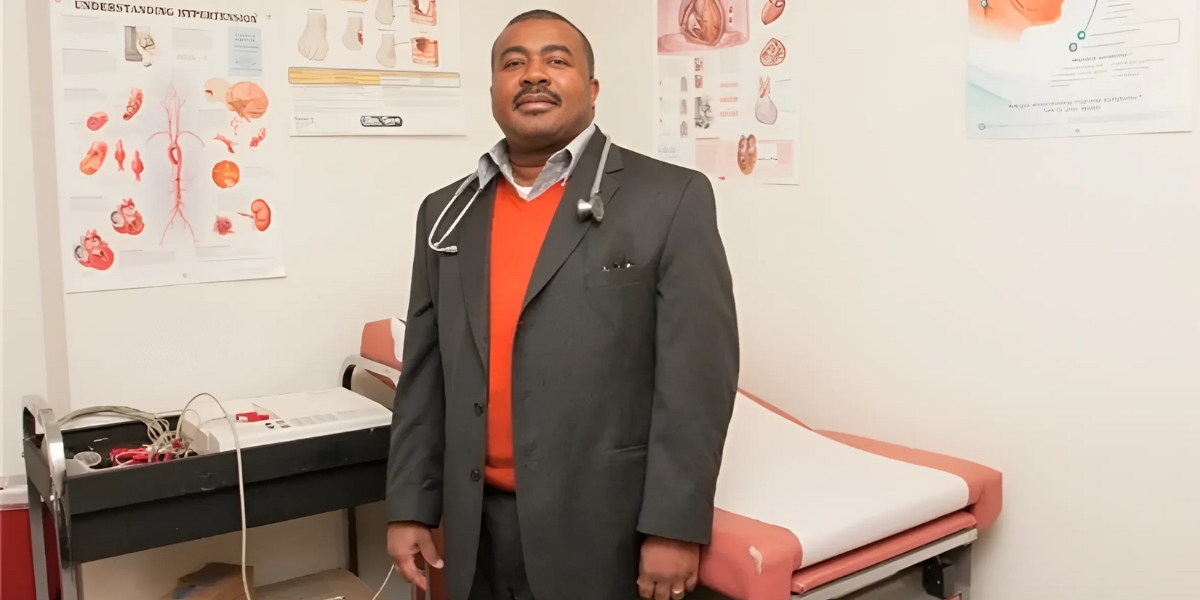The professional journey of Tsipi Shoham, PhD. Co-founder, CEO and Board Member of GreenOnyx, is a remarkable story of transition from the world of cancer research to spearheading a revolution in the field of nutrition with Wanna Greens, the smallest, highly nutritional, and fastest-growing vegetable on Earth. Initially immersing herself in cancer immunotherapy at esteemed institutions like the Weizmann Institute and Stanford University, Shoham’s work centered around understanding the complex relationship between our body’s defense mechanisms and cancer development. Her research was deeply influenced by her mentors, pioneers in oncology who viewed cancer as a systemic issue rather than just a mutation error. This perspective not only expanded her knowledge but also sowed the seeds for her future endeavors.

Focusing on Preventative Measures Leads to Health and Nutrition Discovery
Upon her return to Israel, Shoham founded a prominent research lab at Tel Hashomer Hospital, one of Israel’s leading medical facilities. In this capacity, she focused on developing new treatments to enhance the prognosis, quality of life, and life expectancy of patients. Her experiences in the oncology department, witnessing firsthand the struggles of patients and their families, further fueled her commitment to making a difference. Faced with the gradual pace of progress in cancer research, Shoham began exploring wider avenues for impact. This exploration led her to the field of nutrition, a domain she hadn’t previously ventured into. As a mother, she had always sought to provide her children with healthy meals but soon recognized that her understanding of nutrition was more shaped by advertising than scientific facts. This insight led her to reevaluate the role of nutrition, particularly the significant benefits of fresh, plant-based diets in preventing diseases and mitigating the risks associated with various major health conditions, including cancer, heart disease, diabetes, and Alzheimer’s.

Personal Challenges Spark Global Solution
Shoham’s journey to the creation of Wanna Greens began with a personal challenge: changing her own diet. She quickly realized that, despite widespread awareness about the benefits of fresh produce, the majority of people struggle to incorporate it into their daily lives. Research indicated that less than 10% of the global population consumes the recommended amount of fresh fruits and vegetables. The challenge was about meeting the minimum requirement and to harness the protective health benefits, this intake needed to be doubled. The COVID-19 pandemic further highlighted the challenges in the food supply chain and consumer eating habits. Delving into consumer psychology, Shoham sought to understand the everyday choices people make, like opting for a grilled cheese sandwich over a bowl of spinach.
This understanding led to an epiphany: the problem wasn’t about changing consumer habits, but rather about reimagining the delivery and presentation of fresh produce. Shoham spent days grappling with the notion that she had a breakthrough solution for better health that was yet inaccessible. The pivotal question that emerged was, “How can we turn fresh vegetables into a form of fast food?” This led to a radical idea – if the supply chain of fresh vegetables could be brought closer to the point of consumption, it would be possible to preserve their freshness and nutritional quality, making them as convenient as fast food. This solution was a personal revelation for Shoham and her family and it had the potential to be a global solution, revolutionizing the way the world consumes vegetables. This was the genesis of Wanna Greens, a product that promised to bridge the gap between nutritional needs and consumer convenience.

Navigating the Path to Market Success
The journey of Wanna Greens to market began with strategic meetings with high-end chefs and introductions to prestigious restaurants. Notably, Eleven Madison Park quickly embraced Wanna Greens, having already been on the lookout for a reliable source of duckweed. The product’s reception in the culinary world was overwhelmingly positive, with renowned Michelin-starred chefs in both Europe and the U.S. praising it as “Vegetable Caviar.” Chefs are using it as garnish and integrating it into their dishes in innovative ways. One of the key selling points for these culinary experts was its stability and extended shelf life of six weeks, eliminating the concerns of waste, washing, and prep usually associated with fresh greens.
The ultimate goal for Wanna Greens is to reach the mass market, a milestone still in progress. In the United States, direct-to-consumer sales efforts have begun. A unique aspect of Wanna Greens is its subscription model – the first of its kind for a green vegetable. This service, which delivers fresh Wanna Greens to homes weekly, is revolutionizing how consumers think about and consume vegetables.
Pioneering Nutrition for Space and Beyond
The collaboration between Wanna Greens and NASA highlights the critical role of fresh produce in both space and on Earth. Astronauts, who primarily consume scientifically designed but mostly processed diets, underscore the importance of fresh food. NASA’s research has shown that the lack of fresh produce in space not only affects physical health but also significantly impacts mood, reinforcing the belief that fresh food contributes to overall happiness. With ambitious plans for space travel and the potential colonization of Mars, the need for sustainable and nutritious food solutions is paramount, and Wanna Greens’ technology is perfectly suited for this challenge.
This partnership is beneficial not just for space missions but also for Earth-based applications. In adapting to space requirements, Wanna Greens developed small, convenient pouches initially designed for astronauts. These pouches have now found a novel use on Earth as a practical container for feeding babies Wanna Greens on the go. The technology’s dual utility in space and on Earth showcases its versatility and potential for widespread impact. The collaboration gained further momentum when the space agency in Israel approached Wanna Greens, leading to an approval from NASA, a testament to the product’s quality and applicability in a range of environments.
Nutrition Meets Convenience in the From of 200-Gram Packages
GreenOnyx is making Wanna Greens more accessible to consumers through an innovative pre-order system. By joining the VIP waitlist with a $9.99 fee, customers can secure early access to Wanna Greens, with the added benefit of this fee being offset against their future subscription costs. The company has rolled out two tailored subscription options to cater to different consumer needs. The quarterly plan is priced at $54 for six 200-gram packages, offering a substantial saving from the standard price of $108. For those seeking a longer commitment, the annual subscription is available at $197, providing 24 packages and cutting the usual cost of $394 in half. This strategic pricing approach by GreenOnyx reflects a commitment to bringing healthful, sustainable food choices within the reach of a broader audience and aligns with the increasing consumer demand for nutritionally rich and environmentally friendly products.









